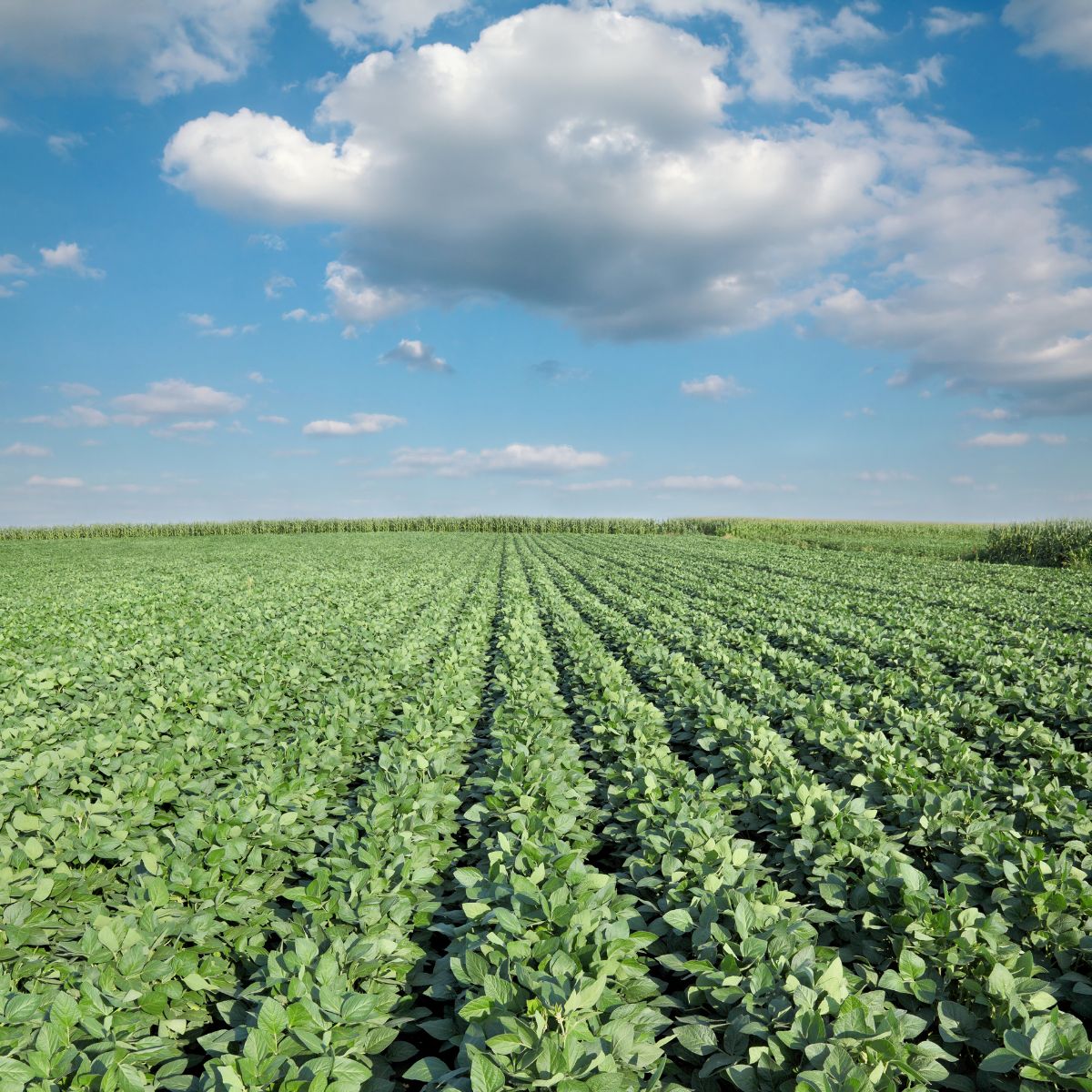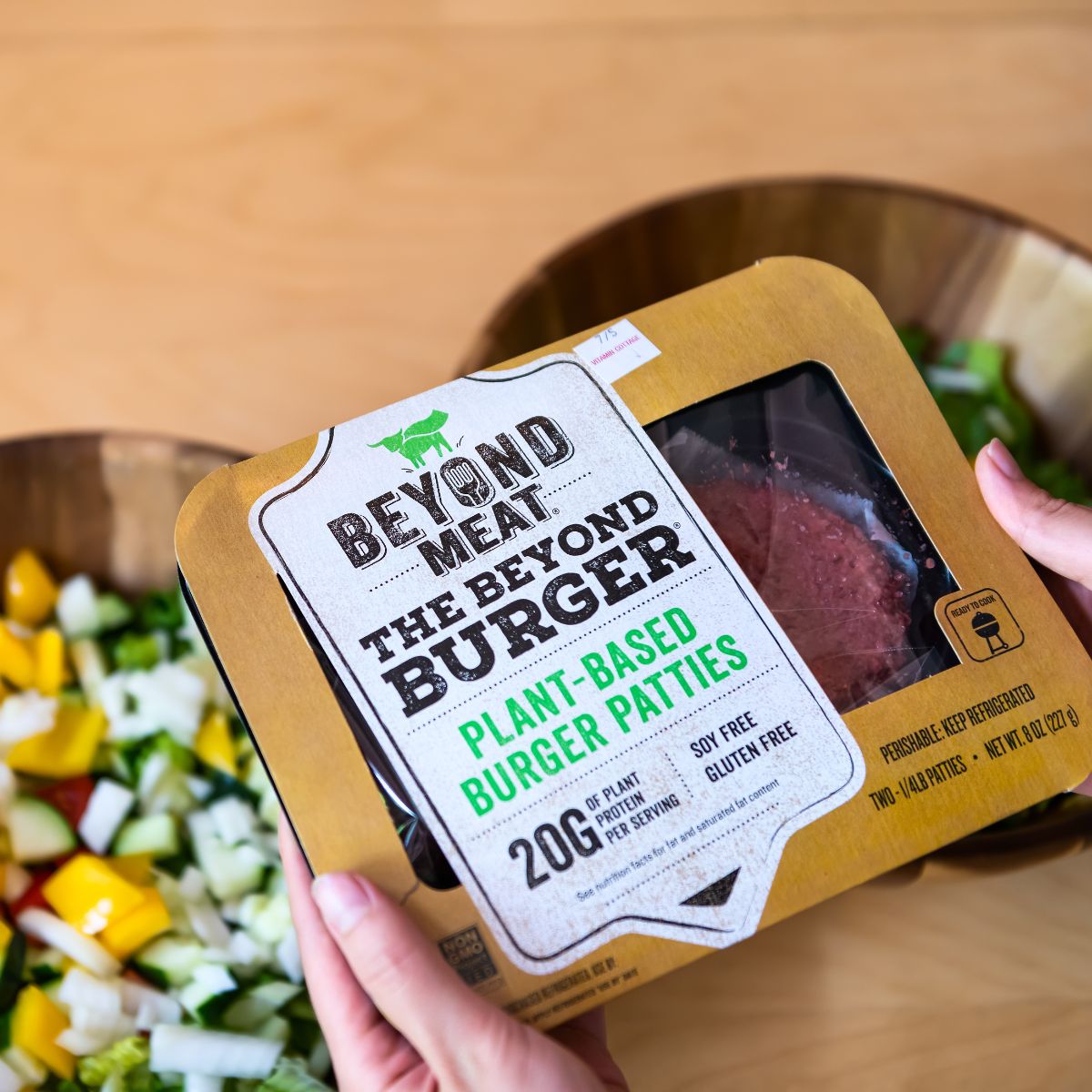

Fake meat, mock meat, imitation meat. Meat substitutes, analogs, and alternatives. Plant-based meat. Beyond, Impossible, Tofurky.
With the demand for these products expected to continue surging[1] and numerous big-name celebrities endorsing, promoting, and even investing in their continued development, it seems our culture has passed a tipping point.[2][3] The appetite for meat replacement is on the ascendency. That isn’t to say there aren’t still challenges for the industry to overcome: high prices, lack of variety, and slower-than-expected adoption in fast food restaurants have all contributed to cooling the faux meat market.[4] Still, compared to years past when only a handful of niche companies worked in the space, there is no denying the progress. There are now 60+ brands generating more than $500,000 in retail sales, and many of these brands are entering the mainstream consciousness.
Even behemoths of the meat industry like Perdue and Tyson have tried to get their paws on the profit by joining the market for blended meats: a category of products that targets individuals who would like to reduce their meat consumption but are not ready to eliminate it.[5] In the words of Dave Betts, co-founder of Misfit Foods, one such company working in the blended meats space: “We are for less meat, not meat-less.”
But what about those of us who are—those who go fully plant-based? What can we say about the most popular meat replacement products? Should we aim beyond Beyond, or are these products necessary for transitioning the global diet?

Industrial agriculture, especially animal agriculture, is a driver of environmental catastrophe. Whether by its contribution to biodiversity loss, deforestation, pollution, land-use inefficiency, or greenhouse gas emissions, the meat we produce—and the methods of production—is imperiling the very elements necessary for supporting life on this planet (e.g., clean air, fresh water, healthy soil, pollinators).
And because of increased meat consumption in countries with large populations, like China, these critical environmental threats are not going anywhere.[6] It is imperative, therefore, that we shift increased consumption and demand toward more sustainable plant-based alternatives. Yet many omnivores are not prepared to overhaul their diets, as they would by jumping fully on board with the whole food, plant-based (WFPB) lifestyle: “History suggests that change in dietary behaviors in response to interventions is slow.”
This is where high-fidelity meat substitutes can play such a powerful role.
And yes—although the environmental benefits of eating minimally processed, local plant-based foods would be even greater, there is no question that meat replacements are a huge improvement from actual meat products.
In a 2018 life cycle assessment (LCA) of the Beyond Burger conducted by the Center for Sustainable Systems at the University of Michigan,[7]researchers assessed the water use, land use, non-renewable energy use, and greenhouse gas emissions (GHGE) of producing a Beyond Burger at every stage of its development, including processing, packaging, cold storage, distribution, and waste. They conclude: “the Beyond Burger generates 90% less greenhouse gas emissions, requires 46% less non-renewable energy, has >99% less impact on water scarcity and 93% less impact on land use than a ¼ pound of U.S. beef.”
In a report prepared by Quantis,[8] the Impossible Burger fared similarly: “Compared to conventional ground beef, the Impossible Burger® reduces environmental impacts across every impact category studied in this report—87% less water, 96% less land, 89% fewer GHG emissions, and 92% less aquatic pollutants.”
Finally, in a larger review, researchers examined 52 LCA studies, most of which were published in peer-reviewed journals.[9] According to the review: “The ‘best case’ sources of protein have carbon footprints that are about 150 times smaller than the ‘worst case’ sources. [And] the range in land use is even larger.” Generally speaking, the “best case” sources are meat substitutes and vegetal protein, and the worst sources come from livestock, with beef at the top end of the spectrum. “Food products of animal origin,” they conclude, “have higher climate- and land use related impacts than vegetable products.”
That is not to say that fake meat products are the gold standard for minimizing environmental impact. As the review of LCAs points out, there are significant differences even within product categories. The earlier LCA backs this up, highlighting “hotspots in the Beyond Burger product chain that may warrant attention [. . . including] the polypropylene tray used as primary packaging.”
Nevertheless, the environmental benefits of shifting all meat consumption toward products such as Beyond Burger would be massive.

In a previous article, we analyzed the health claims of organic meats. The point we made in that article was that the validity of those claims depends on what the organic meats are being compared with. Compared to conventional meat, you might make a convincing argument. But as we saw in that article, healthier does not equal healthy. We would be better off choosing organic produce than organic beef.
The same qualifying question applies to imitation meat: healthy compared to what? Compared to whole plant-based foods, these highly-processed products seem terribly unhealthy. They have far more fat and salt, for instance, and less fiber. Despite their calorie density, they fall far short of the abundance of vitamins and minerals of whole plant foods. They are, on a WFPB diet, best avoided.
But what about compared to meat? Several studies have compared the nutrient composition of meat substitutes with retail meat.[10][11][12] Although products on the market vary in nutritional composition, a few trends emerge. First and perhaps most obvious, meat substitutes contain more fiber. They are also generally lower in total fat and saturated fat (despite commonly containing coconut milk). They contain no dietary cholesterol (found only in animal products) or trans fats (naturally occurring in some meat and dairy products). One concern in plant-based meats is the high sodium content, a common problem in packaged foods.[13]
As we concluded in an article on protein isolates: “Eating [whole] plants, not isolates, appears to be the best choice.” But these isolates are impossible to avoid when eating a diet with fake meat products. The most common protein sources in these products are soy, pea, wheat, nuts, or a combination. Are there significant differences between them? Not according to a 2019 article published in the journal Sustainability.[14] According to the authors, the nutritional composition was similar between these differently sourced meat analogs, as were greenhouse gas emissions; “however, egg-containing products produced significantly higher amounts of GHG.”

At the Center for Nutrition Studies, we always advocate for following the science. And when it comes to the science of nutrition, the optimal dietary lifestyle avoids highly processed foods of all kinds, whether of plant or animal origin. However, there is another body of research that is no less scientific or valid—the research on effective behavior change. It’s great that we can advocate for the optimal diet. Perhaps you already follow that diet. But what about your friends, neighbors, and colleagues? What stands between them and a more plant-based diet?
If stepping-stone products could help individuals who otherwise would not transition to a more plant-based diet, that’s something . . . right?
In a 2020 article,[15] “lack of familiarity and doubts about the aesthetics” are cited as barriers to the acceptance of plant-based meat substitutes. Despite the growing popularity and success of these products in the marketplace, continued research will be required to make these products more palatable. Additionally, they suggest that consumers must be educated on the different reasons for reducing meat intake: “increased awareness is needed among people to try different, newer meat alternatives.”
Other common barriers to adoption include high costs and lack of trust.[16] More research is needed to parse the nuances. For instance, it would be helpful to know the motivating factors most likely to result in lasting dietary change (e.g., are environmental concerns more or less likely to result in success than animal welfare advocacy? Are individuals motivated by health more likely to lapse because they don’t experience improvements as dramatic as they would on a WFPB diet?). Insights like these would be helpful not only for producers and marketers of fake meat products but also for policymakers.[17]
This, at least, is clear: the future of meat must be increasingly meatless. Forget about tastes. The state of the world demands it. What’s your take on the rise of meat replacement brands?
Copyright 2024 Center for Nutrition Studies. All rights reserved.